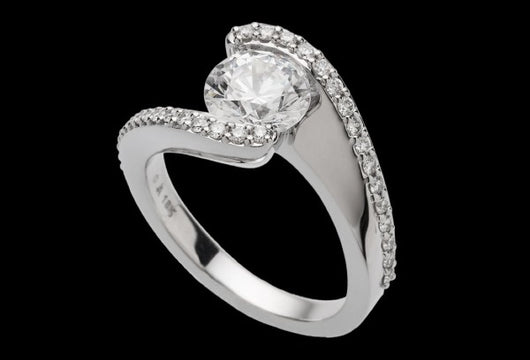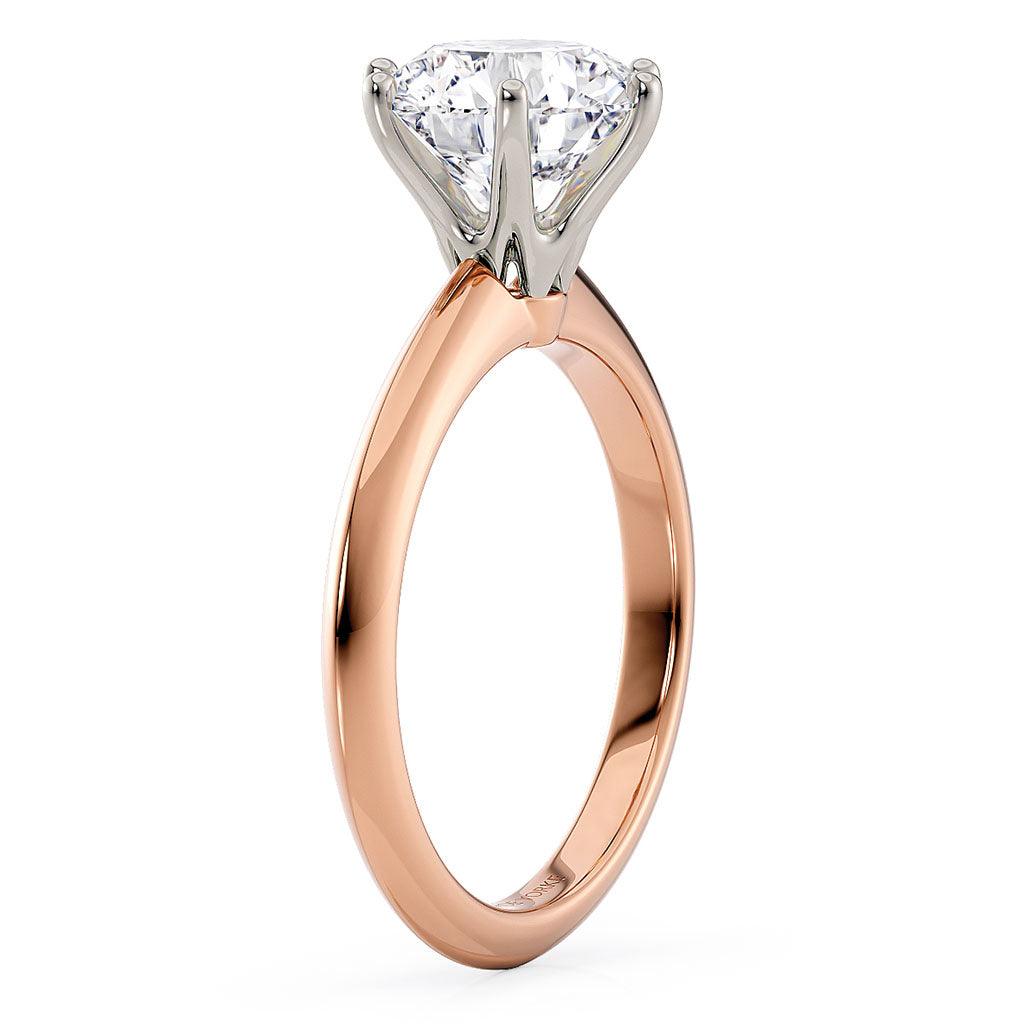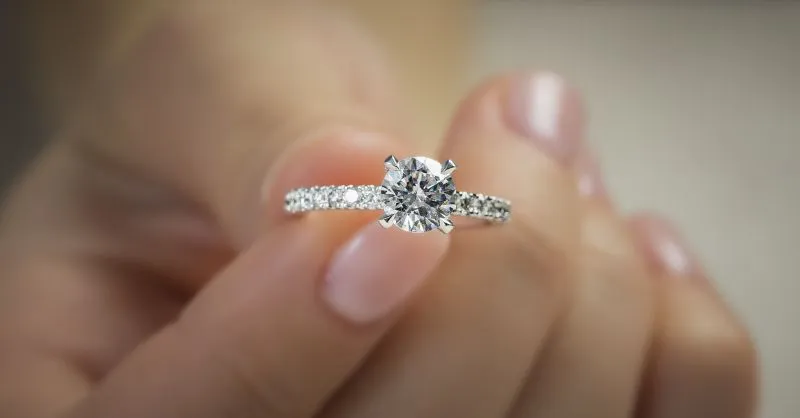Lab Grown Diamond Rings: Platinum vs Gold – Which is the Better Choice?

When choosing an engagement or wedding ring, selecting the right metal is just as important as choosing the stone itself. With the increasing popularity of lab grown diamond rings, many buyers are now debating between platinum vs gold settings. Both metals offer unique advantages, but which one is the best for showcasing lab grown diamond rings platinum vs gold? Let’s explore the key differences and help you make the perfect choice.
What Are Lab Grown Diamond Rings?
Before diving into the platinum vs gold debate, it’s essential to understand what lab grown diamond rings are. These diamonds are created in controlled laboratory environments using advanced technology that replicates the natural diamond formation process. The result is a stunning, ethical, and sustainable alternative to mined diamonds. Lab created diamonds possess the same chemical, physical, and optical properties as natural diamonds, making them a perfect choice for those who want beauty without the environmental impact.
Platinum vs Gold: Durability and Strength
When selecting a metal for lab grown diamond rings, durability is a crucial factor. Platinum is well known for its exceptional strength and density. Unlike gold, which is mixed with other metals to increase its durability, platinum is naturally strong and resistant to wear and tear. Lab created diamonds set in platinum are well-protected due to the metal’s high resistance to scratches and tarnishing.
Gold, on the other hand, comes in different purity levels, with 14K and 18K being the most common choices for lab grown diamond rings. While gold is durable, it is softer than platinum and more prone to scratches over time. However, regular maintenance can keep gold rings in pristine condition for years.
Platinum vs Gold: Aesthetic Appeal
The choice between platinum vs gold also depends on personal style and aesthetic preference. Platinum has a naturally white, silvery finish that beautifully enhances the brilliance of lab created diamonds. This metal does not fade or change color over time, making it an excellent choice for those who prefer a timeless and modern look.
Gold offers more variety in terms of color options. Yellow gold provides a classic, vintage appeal, while white gold closely resembles platinum but requires rhodium plating to maintain its bright white color. Rose gold has a romantic, warm hue that adds a unique touch to lab grown diamond rings. Each gold variation offers distinct beauty, allowing buyers to customize their rings to match their personality.
Platinum vs Gold: Hypoallergenic Properties
For individuals with sensitive skin, metal allergies can be a major concern when selecting a ring setting for lab grown diamond rings. Platinum is naturally hypoallergenic, making it an ideal choice for those prone to skin reactions. Since platinum is 95% pure, it does not contain any alloys that might cause irritation.
Gold, particularly 14K and 18K, contains a mix of metals such as copper, nickel, and zinc. White gold, in particular, often includes nickel, which can trigger allergic reactions in some people. Those with metal sensitivities should consider platinum as the safest option for their lab created diamonds.
Platinum vs Gold: Maintenance and Longevity
Over time, all metals require some level of maintenance to keep their original beauty. Platinum develops a natural patina, which some people find appealing, as it gives the ring a vintage look. However, for those who prefer a polished appearance, regular cleaning and polishing can restore its shine. Lab grown diamond rings set in platinum will maintain their brilliance with minimal effort.
Gold, especially white gold, requires more maintenance compared to platinum. The rhodium plating on white gold wears off over time and needs reapplication to maintain its bright, silvery look. Yellow and rose gold do not require rhodium plating, but regular cleaning and polishing will keep them looking their best. Both platinum vs gold require care, but platinum tends to be lower maintenance in the long run.
Platinum vs Gold: Price and Affordability
Budget plays a significant role in choosing between platinum vs gold for lab grown diamond rings. Platinum is generally more expensive than gold due to its rarity, density, and purity. Since platinum is a naturally heavy metal, rings made from it tend to cost more than their gold counterparts.
Gold offers a more affordable alternative while still providing beauty and durability. 14K gold is often the most budget-friendly option, whereas 18K gold is slightly more expensive due to its higher gold content. Those looking for a luxurious yet cost-effective setting for lab created diamonds might find gold to be the better choice.
Platinum vs Gold: Which One Should You Choose?
Ultimately, the decision between platinum vs gold comes down to personal preference, lifestyle, and budget. If you prioritize durability, hypoallergenic properties, and a naturally white finish, platinum is an excellent choice for lab grown diamond rings. On the other hand, if you prefer a variety of colors, affordability, and a classic appeal, gold may be the better option.
No matter which metal you choose, lab created diamonds will shine beautifully in both platinum and gold settings. Whether you opt for the timeless elegance of platinum or the rich warmth of gold, your ring will be a stunning symbol of love and commitment.





